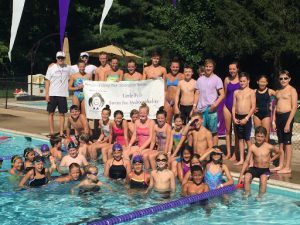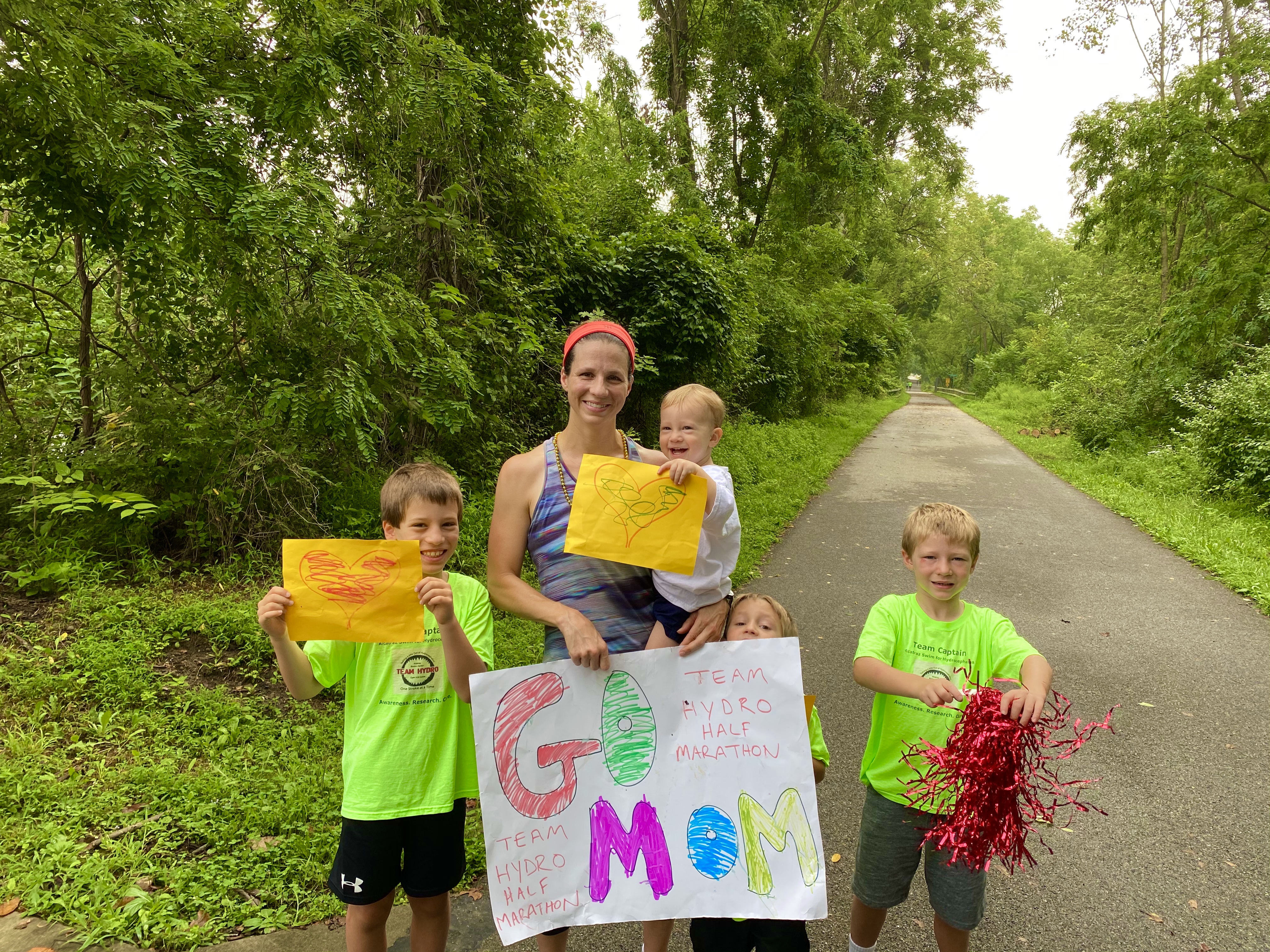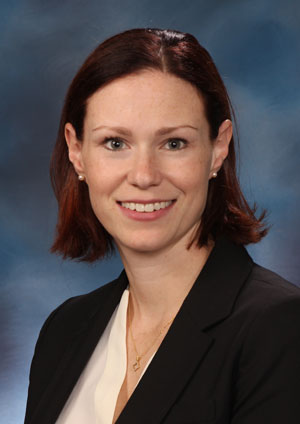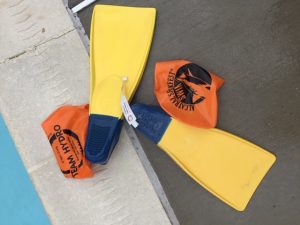Category Archives: Uncategorized
Do you shop on Amazon? You can support research at the same time!
Amazon is willing to make a contribution to Team Hydro every time you make a purchase. There is no cost to you, and all the products and prices are the same! All you need to do is take 90 seconds to set it up.
- Just visit SMILE.AMAZON.COM and select Team Hydro Foundation as your charity of choice.
Then start your amazon shopping at smile.amazon.com and they will AUTOMATICALLY make a donation to Team Hydro Foundation. Every penny we receive will go straight to research!
Penguins to the rescue…AGAIN!

The 2020 swim for hydrocephalus was put on hold due to COVID. But the Little Falls Swim Team members still rallied to support research. Photo: 2016 Swimmers for Hydrocephalus
The Little Falls Penguins of Bethesda, Maryland have been holding annual swims to raise funds for Team Hydro’s research grants for eight years now. Inspired by the story of their fallen teammate, Kate Finlayson, they find that using their swimming skills to contribute positively to the world and serve those in need is a wonderful way to live. This year, COVID-19 upended their season and they have had to adjust — as have we all. But it takes more than a global pandemic to stop a penguin. Especially a Little Falls Penguin! These bold swimmers have kept up their annual commitment to pushing hydrocephalus research forward.
Assistant Coach and current swimmer James Marder reached out to Team Hydro to see how they could keep the spirit of giving back alive. “When I first took part in our Penguin Plunge at eight years old, I didn’t truly understand its nature, I saw it as a competition to swim the most laps,” said James. “As years past, I came to see the true reason we participate in this tradition, and I decided that I wanted to do all I could to still raise money in the year without the event.”
In these trying times it is wonderful to have examples like the swimmers at Little Falls who look beyond themselves to lift up those around them. While covid stopped a lot, it didn’t stop hydrocephalus. And it hasn’t stopped Team Hydro or the Penguins in our quest to fund a cure!
You can support the efforts of the Little Falls Penguins and help them reach there goal HERE. 100% of funds received go directly to research!
What will YOU do…?
|
|
|
|
See examples of what folks are doing HERE
.
Choose Your Own Adventure!
Coronavirus forced us to cancel all our 2020 Group Swim Events – but hydrocephalus patients and researchers need support now more than ever! That is why we are pleased to announce this ‘choose your own adventure’ event. Contribute and get involved HERE!
Just set a goal that you will accomplish between now and August 29th (the intended date of our Alcatraz Swim). You could run. Swim. Walk. Do push-ups. Pledge to read a certain number of books. Lose some weight. It doesn’t matter WHAT you do — so long as you are doing it in the name of the 1million Americans (and countless worldwide) afflicted with hydrocephalus.
For example, Pam “Gramma” Finlayson is determined that she will swim the combined lengths of Upper and Lower Suncook Lakes — nearly TWICE the distance of the Alcatraz Swim! Nina will train for and run a half marathon! Peter is committed to shedding 10 lbs. Get creative, get determined, and make a difference.
Once you’ve set the goal, reach out to friends and family and post the link to this page on social media asking for support. 100% of funds raised go to hydrocephalus research.
Make a donation yourself to get the ball rolling, and then you’re off to the (virtual) races! 🙂
Hope in a Haircut? Introducing the Haircuts for Hydrocephalus Challenge!
A note from Team Hydro Co-founder Peter Finlayson
My beautiful sister Kate died when she was just 26. She taught me a lot about how to live life. A few years before she passed, she was preparing for YET ANOTHER brain surgery to treat her hydrocephalus, which meant among other things, lost hair.With my brother Samuel and a few friends (Andrew Rogers, Josh Baylor) we surprised her by driving home from college and letting her shave our heads to show our love and support.
Today there are 1 million Americans afflicted by hydrocephalus,
Team Hydro is the organization that we founded to raise funds and awareness for hydrocephalus research. We are 100% volunteer run and every penny we receive goes directly to research. You can read more about our research grants here. It is truly remarkable stuff.
Team Hydro’s philosophy in funding research grants is simple:
- We support research with the potential to move science towards a cure for Hydrocephalus, rather than just small variations on the clinical status quo. This includes projects that seek to uncover the basic biology underlying this disease, to determine and halt causative factors, and to generate innovative new approaches to therapy.
- We support promising researchers with potential for long-term impact on the field. The lifeblood of academic research in the U.S. is, generally speaking, large federal grants issued via the NIH, the DoD, and other public research agencies. We have no intention to replace these agencies! However, it is currently impossible for new researchers (especially those interested in under-funded conditions like Hydrocephalus) to qualify for lab-sustaining grants from these departments without preliminary data. By the same token, commercial R&D typically enters the foray only after preliminary data developed via private and public investment. At Team Hydro, we seek to provide hydrocephalus researchers with seed funding that will enable them to assemble the critical mass of data necessary to bridge the gap towards the major public grants (and/or commercial development). In doing so, we hope to help their labs to become self-sustaining entities for research, discovery, and the training of new talent that will continue in the field for many years to come.
To this end Team Hydro has raised over $800,000 to date and supported a range of research grants in the U.S., Australia, and Canada. Importantly, all our grantees are selected as a part of rigorous peer review process in conjunction with expert panels through partnership with the Hydrocephalus Association. Finally, as we proudly state elsewhere, all Team Hydro fundraising dollars are applied directly towards grant funding — not overhead costs.
I invite you to be a part of Team Hydro. Please take part in this challenge. It is the perfect way to make the world a better place from the safety of your home during this uncertain time.
- Chip in. (Donate here: https://donate.teamhydro.org/haircut)
- Cut your hair. (And post a photo or video to Social Media)
- Challenge your Friends to do the same!
2020 Swims Announced!
We’re thrilled to announce that Team Hydro will be back at it with our swims in 2020:
Alcatraz: Saturday, August 29th 2020. Sign up or donate at donate.teamhydro.org.
Boston Harbor: Sun, September 13, 2020. Sign up here!
Swims for Hydrocephalus: Stay tuned for more info.
If you have any questions, please email us at info@teamhydro.org!
Another million dollar research update! Q&A with Dr. Jennifer Strahle
Team Hydro is incredibly proud to announce an exciting research update!
Dr. Jennifer Strahle, recipient of a 2016 Innovator Award from Team Hydro, has been awarded a $2.4 million dollar grant from the NIH to work on Hydrocephalus. This award is a direct result of the data she generated using funds from Team Hydro and the Hydrocephalus Association, and is yet another example of our research investment thesis in action.
To learn more about Dr. Strahle and her research, see our interview with her below.
______________________________________________
Dr. Jennifer Strahle is a practicing neurosurgeon and the current director of the Pediatric Neuro Spine Program at St. Louis Children’s Hospital. She is also an assistant professor at the Washington University School of Medicine, where she runs her own research laboratory.
In 2016, Team Hydro was proud to sponsor Dr. Strahle by funding an Innovator Award to investigate the role of iron in mediating ventricular injury in posthemorrhagic hydrocephalus. This seed grant has now born fruit, as the data it produced has resulted in a $2.4 million dollar follow-on grant from the National Institutes of Health.
We caught up with Dr. Strahle to hear about what brought her into Hydrocephalus research and to learn more about the exciting work going on in her lab.
TEAM HYDRO: Thanks so much for taking the time to chat with us! Amongst our grantees, you are one of a few who has opted for a dual-career as both a physician and a researcher. What made you want to become a surgeon-scientist?
Dr. Strahle: I have always had a fascination with the brain, dating back to my days as a neuroscience major in college. After college, I worked for two years in a research lab studying Alzheimer’s disease. Although I greatly enjoyed this work and felt like I had the potential to make a difference in people’s lives, it seemed that becoming a surgeon-scientist would allow me to be maximally impactful – being able to directly improve the lives of children with brain diseases while discovering new ways to treat or prevent these same diseases in my lab.
TEAM HYDRO: What motivates you to work on hydrocephalus specifically?
Dr. Strahle: Over the course of my lifetime, we have seen tremendous progress in cancer care, treatment of heart attacks, and organ transplantation. Yet hydrocephalus care has remained largely unchanged for the past fifty years. As a pediatric neurosurgeon, I see first-hand the devastating toll that hydrocephalus has on children and their families, and the enormous potential that improving care for these children can have for generations.
TEAM HYDRO: You certainly don’t have to convince us on that point! Thank you for working on this much under-appreciated condition. Could you tell us a bit about your current work in St. Louis?
Dr. Strahle: I split my time roughly equally between my pediatric neurosurgical practice at St. Louis Children’s Hospital and my lab at Washington University School of Medicine. In the lab, we are studying the role of cilia, tiny hair-like structures that line the ventricles, in the development of hydrocephalus after neonatal intraventricular hemorrhage. We are first seeking to more clearly understand the ways that the initial bleed leads to hydrocephalus, after which we hope to develop ways to minimize or prevent the damage to the underlying brain. My clinical practice focuses on hydrocephalus, brain tumors, and diseases of the spine. Running between the operating room, the clinic, and my lab can make for some hectic days, but the synergies between the different components of my job are energizing and make for a wonderful career.
TEAM HYDRO: What challenges do you see as a surgeon treating patients with hydrocephalus?
Dr. Strahle: As with any illness affecting very young infants, I view the most challenging part as helping patients and families cope with all the unknowns – infancy is a challenging time under the best of circumstances, and hydrocephalus specifically can be unpredictably variable in a way that causes enormous stress on families. From a more tangible perspective, having a shunt placed with the possibility of multiple revisions is a very real challenge for many children. My goal as a researcher is to eliminate the need for shunts for as many children with hydrocephalus as possible.
TEAM HYDRO: Eliminating the need for shunts is truly the ultimate dream in this field. As we work towards that goal, what are some of the big opportunities you see for future hydrocephalus research?
Dr. Strahle: As I alluded to above, the major opportunity in hydrocephalus research is to develop preventive treatments to eliminate or minimize the development of hydrocephalus. Our hydrocephalus researchers at Washington University are studying multiple mechanisms – iron metabolism, cilia injury, ependymal injury, and neural cell migration to name a few – that all likely play some role in the development of hydrocephalus and its coincident injuries. I don’t yet know which one of these pathways could ultimately lead to a cure for some or all children who would otherwise develop hydrocephalus, but I truly believe we will get there during my career.
TEAM HYDRO: Wonderful. One last question for our readers and donors: could you comment briefly on the role that grants like your Innovator Award play exciting new labs like yours?
Dr. Strahle: Support from the Innovator Award has been instrumental in allowing my lab to obtain preliminary data to apply for extramural NIH funding. With this initial support, we were able to identify several novel therapeutic targets within the iron handling pathway. This will be the focus of our upcoming areas of investigation and our NIH grant.
TEAM HYDRO: We sure are proud and grateful to be supporting researchers like you, Dr. Strahle! Thank you so much for all your work, and we look forward to continuing to follow your exciting career moving forward.
Learn more about the grants we sponsor at teamhydro.org/our-research/, and donate today at donate.teamhydro.org.
Age group heroes complete successful swims for hydrocephalus
Team Hydro is thrilled to announce yet another successful pair of fundraising swims by two incredible age group swim teams: The Dorset Dolphins of Marietta, GA, and the Little Falls Penguins of Bethesda, MD.
The Dolphin Dash took place on June 22nd, with 47 athletes completed a record 73 miles and raising almost $15k. Inspired by their own Lilly Beck (a swimmer and patient), this year’s group from Georgia included swimmers as young as five years old!
The Little Falls Penguins completed a swim of their own on July 11th, with more than 60 registered swimmers. As always, the Penguin’s enthusiasm in supporting the cause is incredibly inspiring. Like the Dolphins, the Penguins are also motivated by a special young swimmer-patient: Team Hydro’s inspiration Kate, who once set records in the very pool in which the Penguins completed their fundraiser.
Taken together, The Dorset Dolphins and Little Falls Penguins have raised nearly $20,000 for Hydrocephalus research so far this summer…and they’re still just getting started!
You can support the swimmers by donating at: donate.teamhydro.org/event/swims-for-hydrocephalus-2019/
Voices of Hydrocephalus
Listen to the voices of the patients, parents, physicians, and reseachers of Hydrocephalus. This striking video was created by Craig and Vicki Brown and the Hydrocephalus Association. It was featured at the recent event Vision Dinner: A Time for Awareness, A Hope for a Cure. Team Hydro is proud to be a founding partner of this effort.
DONATE HERE!
Thanks to generous overhead sponsorship, 100% of donations will fund research efforts.



